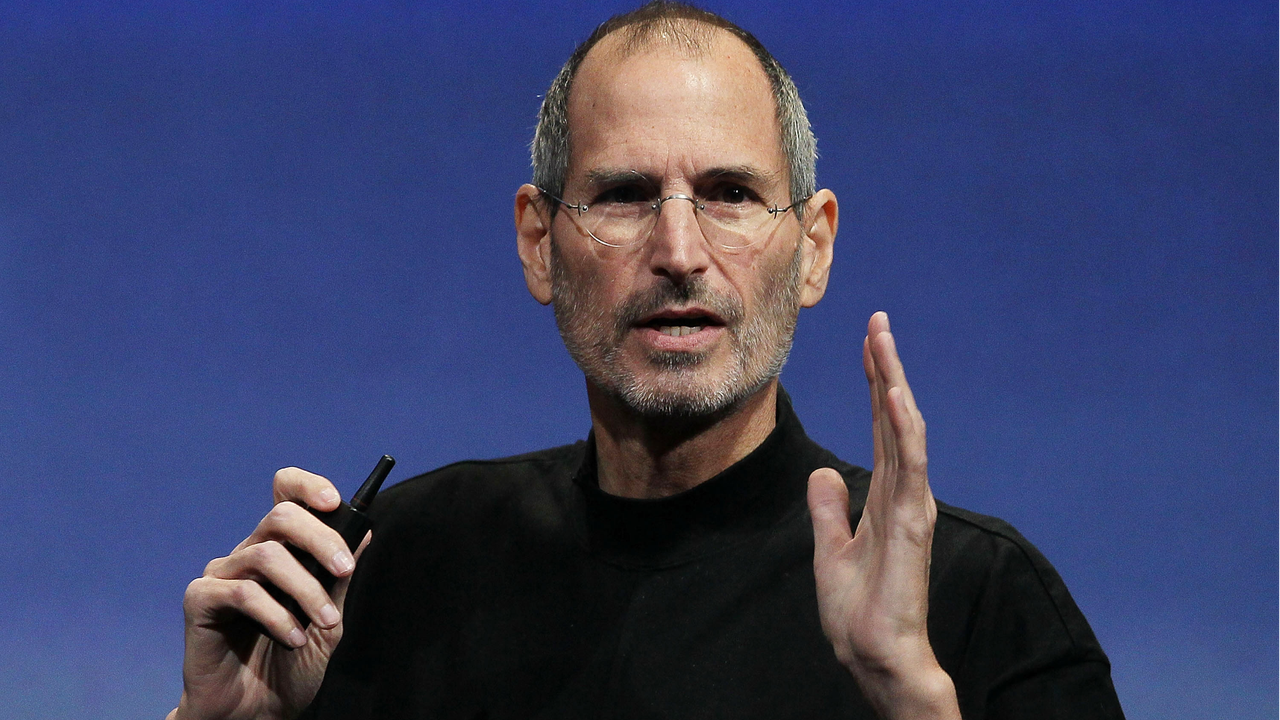

Read more of this story at Slashdot.
We’re still in the early days of GenAI adoption, but it’s clear that LLMs are going to materially impact the way that software is built and that engineering orgs are managed. But what does that mean for your job, your career, and your org?
Over the last year I’ve been exploring this theme with a range of engineering leaders, and while we’re still in the experimentation phase, some clear patterns are starting to emerge.
The end of busywork: As line managers we’ll continue to do performance reviews, coaching, and one-on-ones, but a lot of the grunt work is going to get automated. I can’t imagine a world where an LLM conducts a performance review unaided, but next year I can imagine it synthesizing a lot of data—from commits to PR comments to Slack messages—and providing some initial recommendations so you can deliver more comprehensive reviews much more quickly.
The importance of technical fluency: Ever since “the year of efficiency,” companies have been increasingly expecting engineering directors and sometimes even VPs to be closer to the code. That doesn’t mean that you should be pulling tickets, but having a good sense of the tech stack, architectural issues, and engineering trade-offs is a great way for engineering leaders to be closer to the work and maximize their impact and credibility with the team.
The importance of strategy: At the same time that orgs are expecting directors to be more technical, many are also asking them to be more strategic—understanding the broader business context and helping their teams to improve their business impact without necessarily shipping more code.
The importance of morale: As if becoming more technical and more strategic isn’t enough, line management is going to get more interesting as we see the nature of software development evolve. As agentic workflows start to become more trustworthy, it’s quite possible that in 2026 the IC role for many devs will look much more like engineering management: clarifying requirements, answering questions, and reviewing code from a collection of SWE agents. And with a change in the nature of engineering management, EMs and team leads reporting up to you are probably going to have some questions about both their jobs and their career progression.
So, as an engineering leader, what can you do to secure your job, advance your career, and support your org?
Get closer to the code: The great thing about LLMs is they allow engineering leaders to quickly come up to speed with unfamiliar code bases and languages, letting them bring their broad technical wisdom to bear even when they’re not well versed in the details of the application, the framework, or the language used.
Focus on the business: Companies don’t want software. They want good will, customers, revenues, and lower operating costs. The more you understand the industry in which you operate, the more likely you are to be able to identify shortcuts to delivering meaningful business results.
Improve your rigor: With the racing pace of technical change, an explosion of options for delivering any given solution, and the increasing complexity of the systems that we’re building, it’s even more important to leverage formal approaches to developing and validating your strategies. (Check out Will Larson’s practical advice on engineering strategy in our recent CTO hour.)
Be kind: It sounds like a strange piece of advice for an engineering leader, but the next few years are going to be interesting—for your company, your org, and yourself. Be kind to your team, to help them through the transitions and to retain the top performers who will be in increasingly high demand. And be kind to yourself. Change is scary and hard, especially when you have limited control and limited visibility. Understand that this is an opportunity to accelerate your impact and career, but also understand that you’re going to make mistakes. You won’t have all the answers, and you’ll need to give yourself some grace to get through the transitions ahead.

- Settings: you can now more quickly load and navigate to the browser settings and customize your browsing experience.
- Read aloud: to experience AI-powered reading of webpages in more languages, accents, and voices—all with reduced startup time and smoother playback.
- Split screen: effortlessly switch between tasks and windows with near-instant navigation and less loading delays.
- Workspaces: from the moment you open a page, tasks feel more responsive and intuitive, allowing you to dive into your work without delay.
